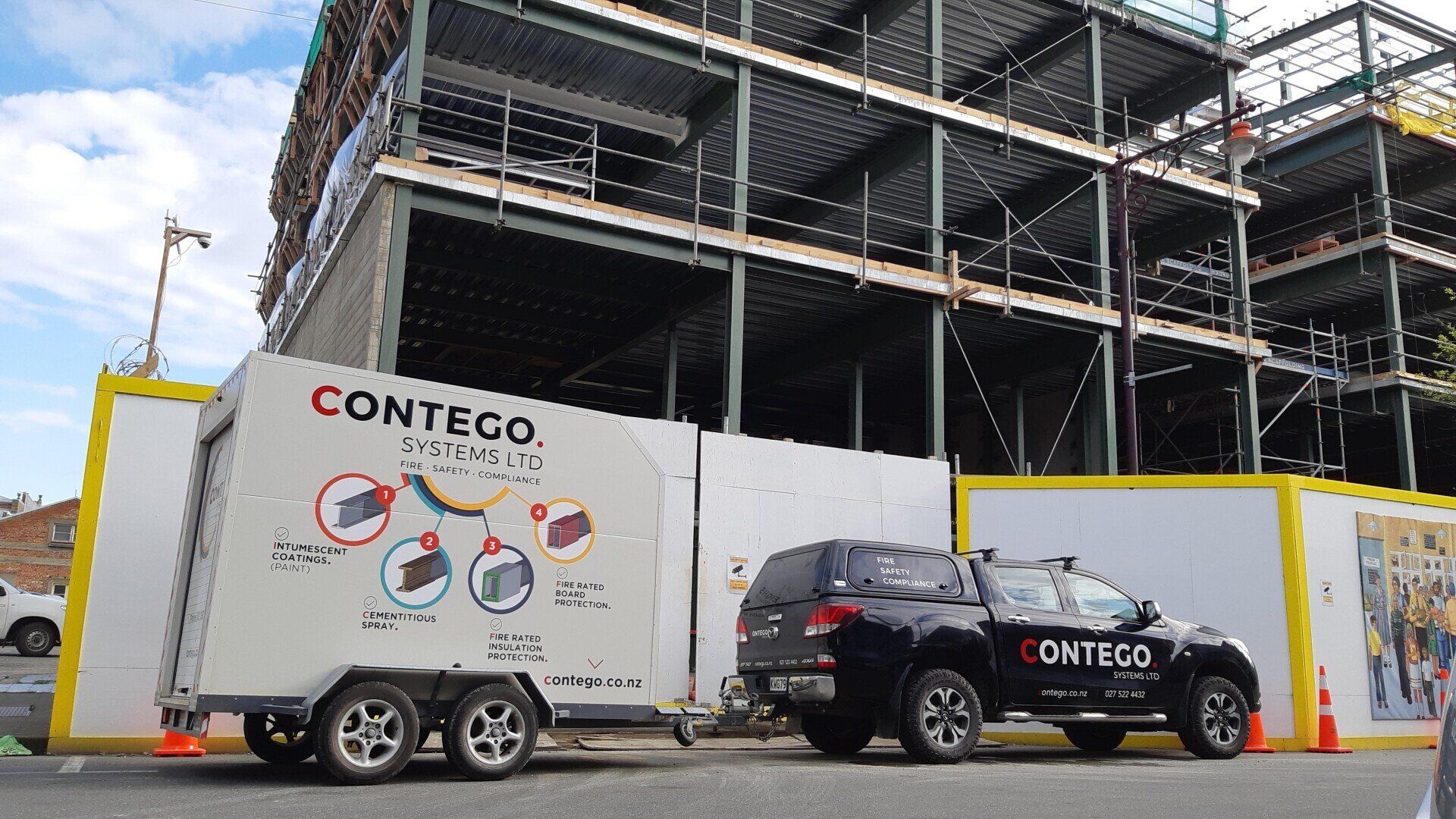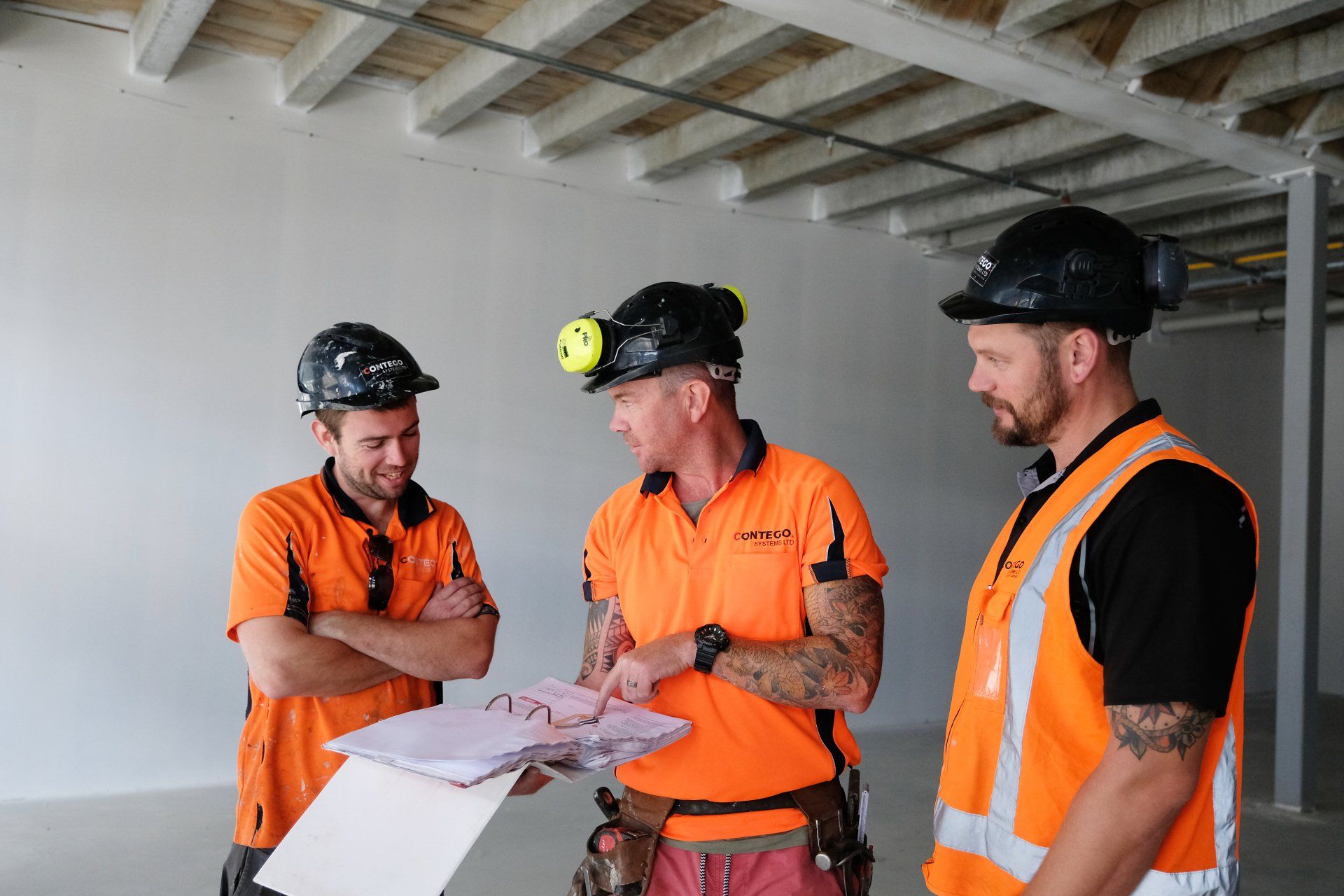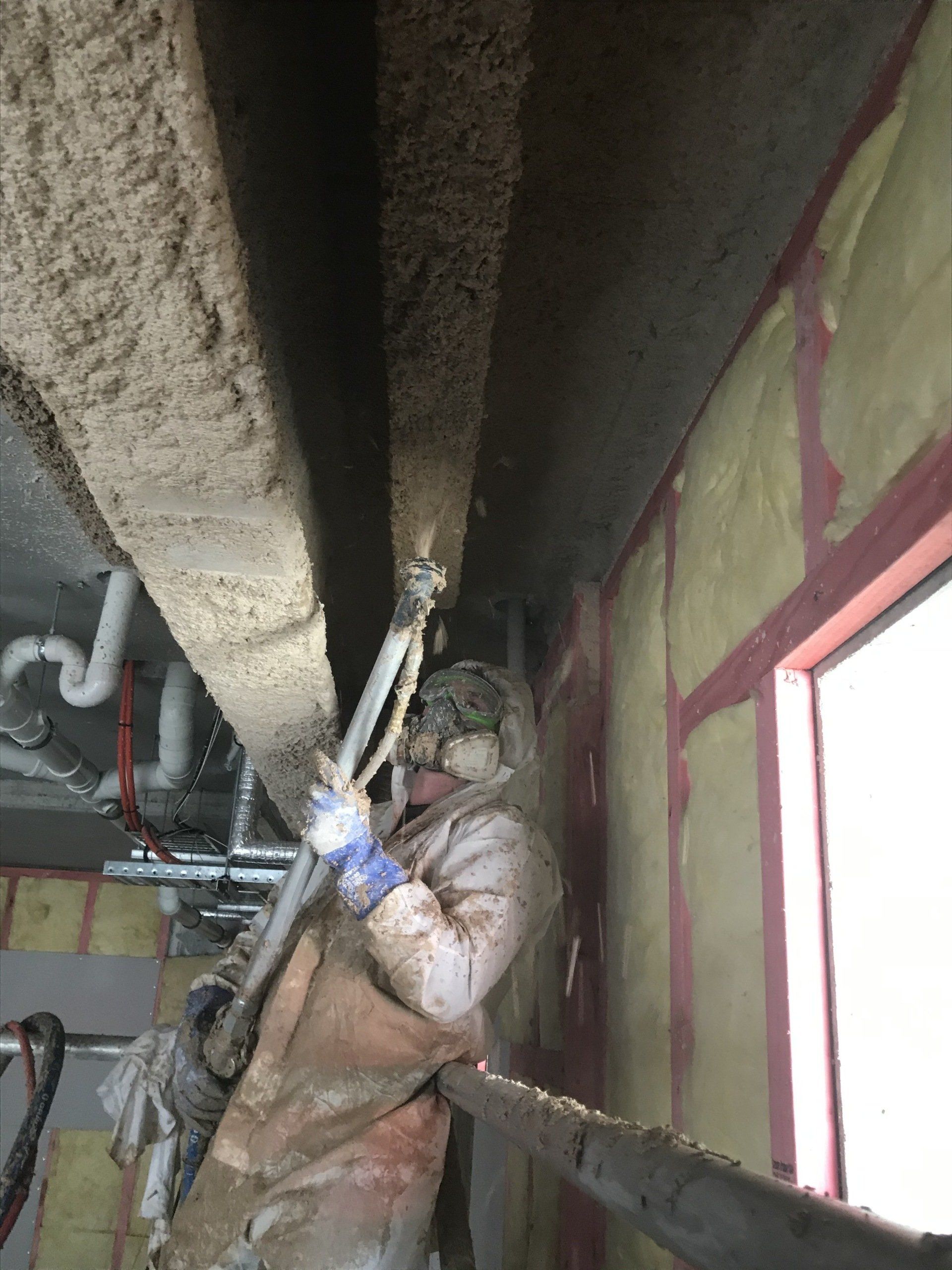



With the current codes of practice and Passive products annual renewal being worked through the issue of Tested vs Assessed is constantly brought up in conversation.
NZBC accepts the use of AS4072.1 Assessments as a way of showing compliance as an equal with a tested solution in accordance with AS1530.4.
However there are fundamental differences between a Tested detail and an Assessed detail. In its simplest form an AS4072.1 Assessment is a calculated guess at best.
In a recent conversation with my P.I insurer the conversation regarding selection of Assessed products was raised as to where liability starts and stops with such scenarios. Their advice to me was if I have even an inclining of doubt then stay away, that is my professional duty to protect myself and my clients and their building occupants. This was a statement that doesn’t sit comfortably with me as a business operator.
As Contractors, Installers, Specifiers, Engineers, Distributors, Manufacturers, IQP, Third party inspectors we should have a sufficient level of knowledge to be able to identify any gaps. But we also need to have a level of trust in the standards and the authorities certifying these assessments. The intent of AS4072.1 is to provide the minimum requirements for application of fire resistant products and provide tolerances for assessment of products and scenarios with the obvious outcome being that it allows for reducing costs for commissioning fire tests whilst also providing a level of confidence.
There is detailed content on what can and can’t be assessed and what the assessment should consider. Details must be included such as; validity period, full scale test evidence assessment is based upon. There are details of maximum tolerances for assessment scope for example:
varying cable sheathings can be assessed (4.5)
- differing plastic pipes can be assessed provided the max previously tested comparison is not greater than 120mm or smaller than 40mm (4.6.4)
- and for multiple penetration systems the unit can not be assessed any larger than the device that has been tested in a 3m x 3m furnace (4.9.1).
Even as detailed as AS4072.1 has been written it is still not a perfect document. As stated by Niall Rowan the CEO of ASFP in his presentation at FireNZ 2018
“you can drive a bus through the middle of Assessment standards”.
The attraction for Manufacturers and industry to useAssessments is obvious – it is commercially more palatable to do so. However, this comes with a great risk. This risk has been highlighted in the most tragic and devastating circumstances when we look at cladding and the Grenfell Fire. Implications from this locally have had many ACP claddings that were previously assessed removed from distribution and the entire Codemark system called into question.
A critical recommendation from the Dame Judith Hackitt report into Building regulations in the UK following Grenfell was “More effective product
testing & regulation”. AS4072.1 was last reviewed in 2016 and reconfirmed.
Even in the short 4 years since this was reviewed a lot has changed in our industry (not least of which was Grenfell tragedy in the UK and the determination for the Lacrosse Fire in Australia).
Whilst I understand the need for AS4072.1 assessments within our building regulation framework I can’t help but think it is time we had a discussion as to whether we need to curb the proliferation of Assessments in lieu of Testing.





Contego Systems Limited
Dunedin
Queenstown
New Plymouth
Canterbury

